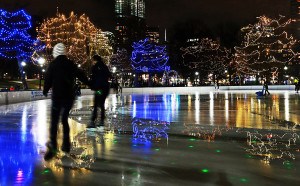Boston’s New Creative Guard
Meet the new wave of musicians, designers, and dancers who are choosing to stay and making our city cooler than ever.

Hair and makeup by Julie Silva/Anchor Artists / Prop styling by Kaylei McGaw/Anchor Artists / Photo by Karin Dailey
For generations of artists, Boston was merely a stop on the way to SoHo. Not anymore. Meet the new wave of musicians, designers, and dancers who are choosing to stay and making our city cooler than ever.
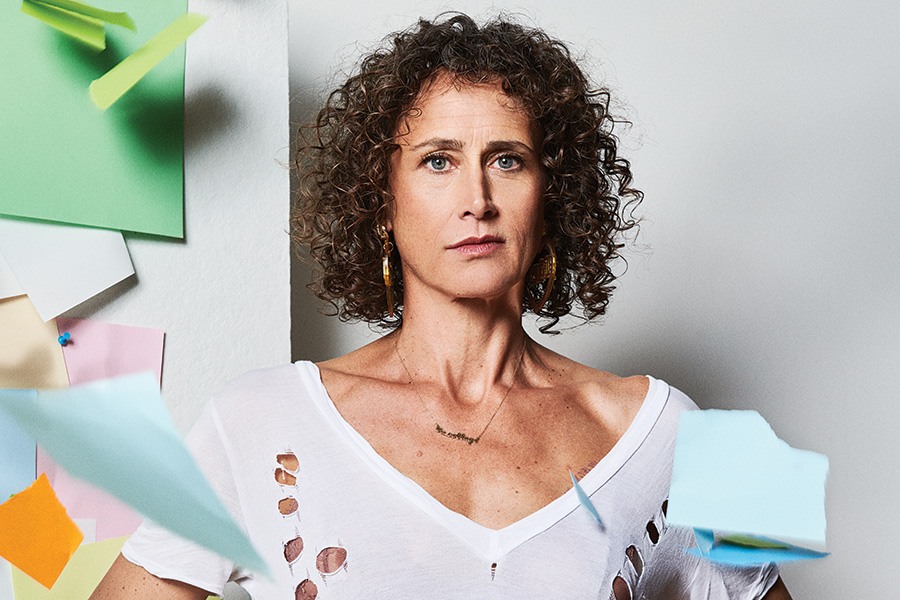
Hair and makeup by Julie Silva/Anchor Artists / Prop styling by Kaylei McGaw/Anchor Artists / Photo by Karin Dailey
The Multimedia Artist
Molly Scannell, the social media visionary @a_collage
Collage allows me to experiment and see how much I can manipulate an image to tell a story, like I’ve done for Cartier and YouTube. I love the tactical approach and permanence of analog, but I also love the forgiveness of digital.
Everyone’s always like, “Why don’t you go to New York?” Because I like it here. I like putting down roots instead of thinking the next big thing is somewhere away from where I am. There’s all this sort of creative vibration happening now that’s just starting to bust through the floor. It’s really cool to see it.
The best thing about being an aspiring creative is that you are exploding with possibility. Embrace it. Be your fresh self. Boston is so small and connected that you never know who you will meet and what it will bring unless you actually show up to the table.
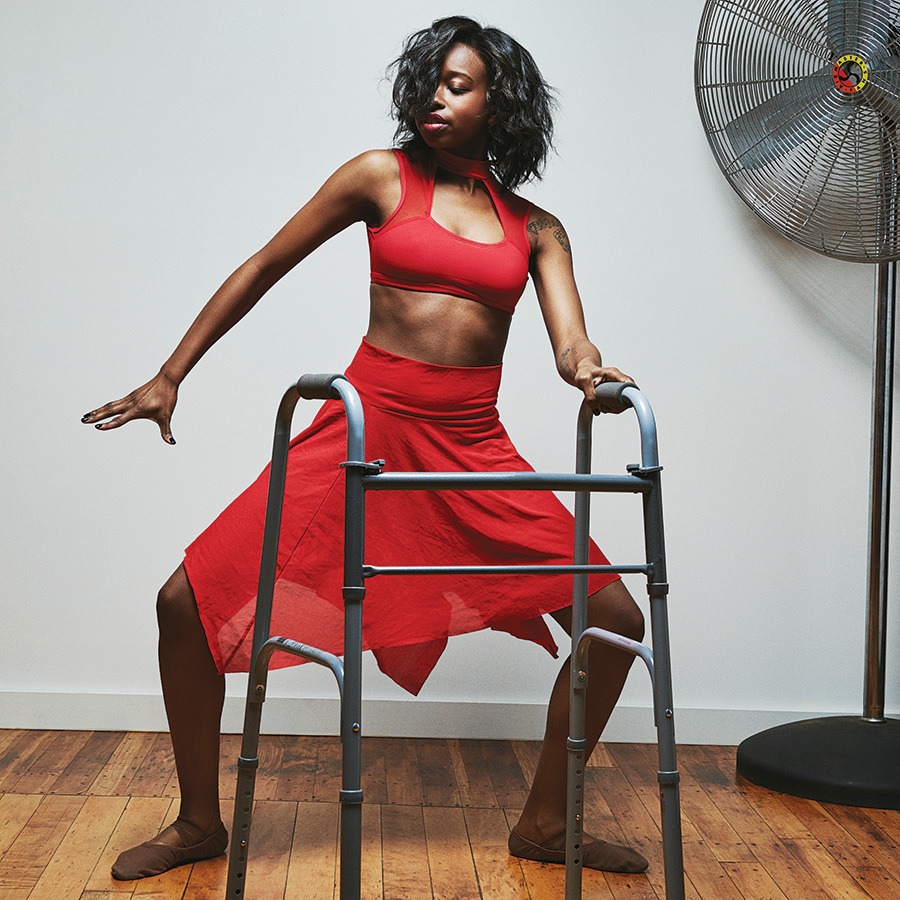
Hair and makeup by Julie Silva/Anchor Artists / Prop styling by Kaylei McGaw/Anchor Artists / Photo by Karin Dailey
The Dancer
Ellice Patterson, executive director of Abilities Dance Boston
I’ve been dancing since I was four. I wanted to continue after I had several spinal surgeries, but I felt like there wasn’t an acceptable platform for me, as a dancer with a disability, to learn and train on a professional level. Two years ago, I decided to create that with Abilities Dance Boston.
One of my biggest challenges in the beginning was just telling myself that I am a dancer and that I am capable. And then from there, figuring out my new vocabulary. It’s been an ongoing process since my last surgery in November. Learning how to adapt your body can be hard.
As a queer person of color, it’s important for me to focus on other queer people of color, but also on all the different identities that inform people in their life and in their movement. I want to celebrate those on stage.
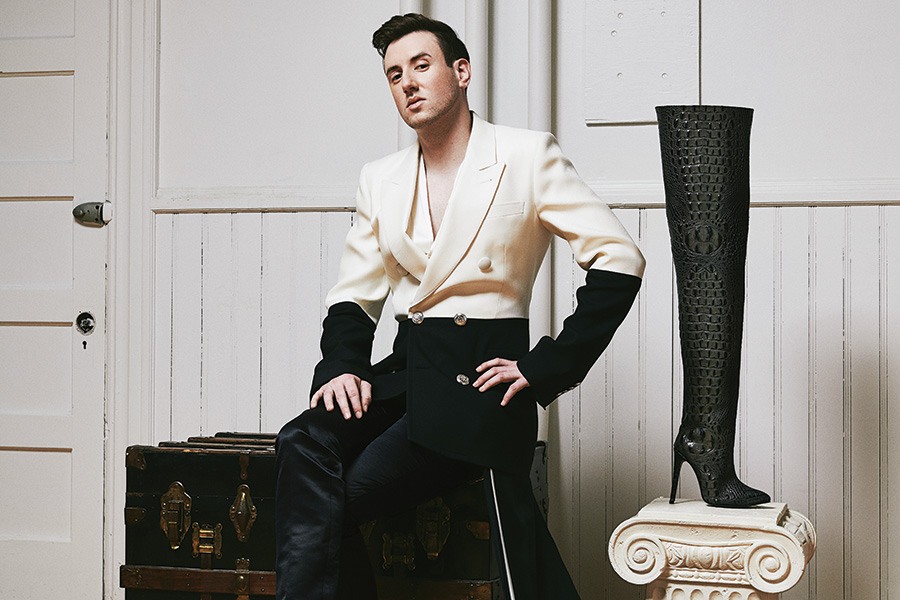
Hair and makeup by Julie Silva/Anchor Artists / Prop styling by Kaylei McGaw/Anchor Artists / Photo by Karin Dailey
The Shoe Designer
Thom Solo, founder of the eponymous footwear line
I attended the School of the Museum of Fine Arts to study fashion photography and fine art. On my first day of sculpture class, we were flipping through magazines for inspiration and I saw a photo of Alexander McQueen’s Armadillo shoe. It was so sculptural, but it had function and it emoted so much. It just hit me like a ton of bricks.
I got my first real publicist, and then came making shoes for Demi Lovato and Lady Gaga. After we got Gaga, you know, everything exploded.
You have to know your audience, know your objective, and figure out how to approach it from a humble angle. Because obviously, you have to be confident in your work, but if you stay kind people will always want to work with you. Also, I never take no for an answer. I just figure out another way.
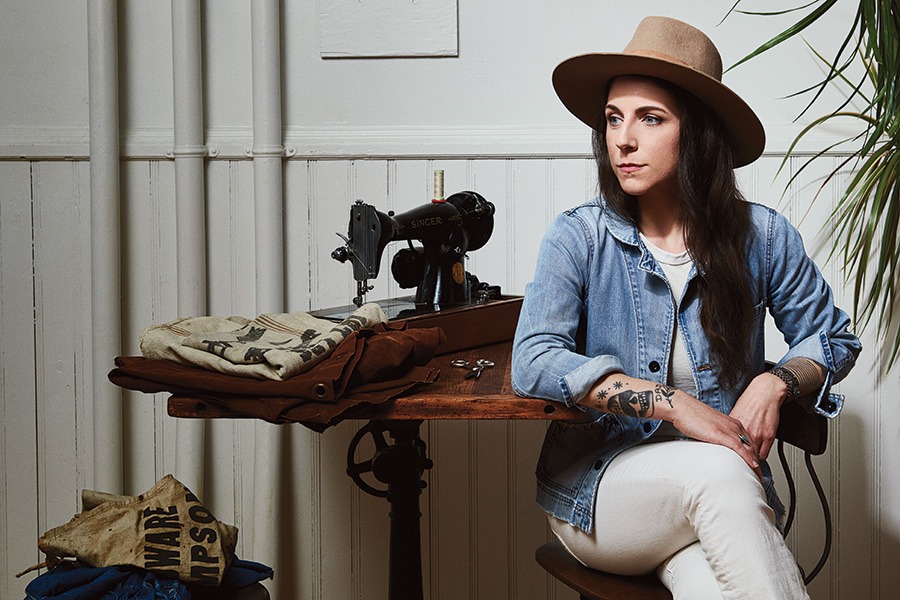
Hair and makeup by Julie Silva/Anchor Artists / Prop styling by Kaylei McGaw/Anchor Artists / Photo by Karin Dailey
The Bag Maker
Alice Saunders, founder of Forestbound
Forestbound started very organically. I’ve always loved textiles, and I studied military history in school. One day at a flea market I saw a World War II duffel bag, and it just clicked in my head that such durable material would translate so well into a beautiful bag. It was a funny meeting between two things I’ve been fascinated by since I was a kid.
I’ve done capsule collections with Patagonia and Levi’s, and I just did a collaboration with the Patriots. I’ve been developing a backpack that I’m getting ready to release, but the biggest thing I’m working on is bringing the Forestbound aesthetic to a line of home goods.
I think Forestbound became such a recognized brand because I set myself apart with photography and styling early on. I would travel to charming cabins and New England cottages and take photos of my bags in the space. I want to inspire people to take some time off and unplug and go somewhere in the woods for a weekend.
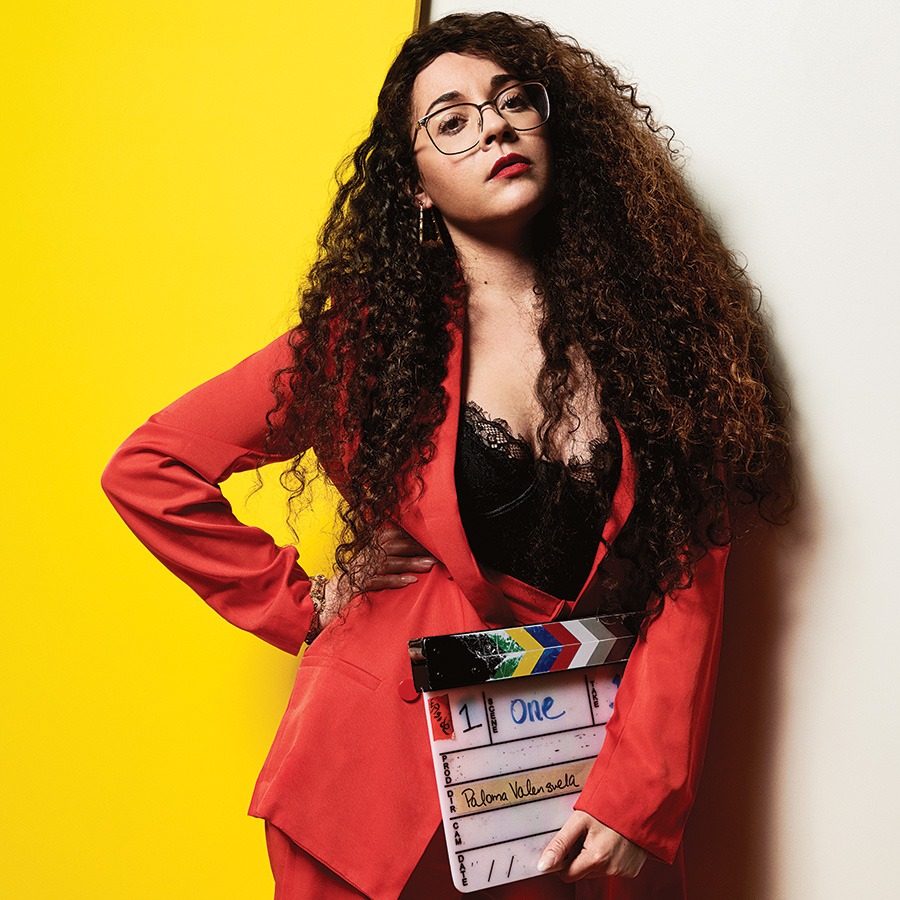
Hair and makeup by Julie Silva/Anchor Artists / Prop styling by Kaylei McGaw/Anchor Artists / Photo by Karin Dailey
The Filmmaker
Paloma Valenzuela, founder of La Gringa Loca Productions
I lived in the Dominican Republic for five years after I graduated from Emerson. When I decided to come back to Boston, I wanted the opportunity to create something that was all my own. So I made a show that was a love letter to the Boston that I see, The Pineapple Diaries.
Issues about representation have always been a part of my artistic experience because I’m half Jewish-American and half Dominican-American. I’ve never had the luxury of just feeling understood. I’ve always felt “other,” even on both sides of my family. Identity has always been something that I’ve explored as a human being and as an artist.
I feel so grateful to be supported by my own community in Boston. The city is growing with its artistic community. Right now we’re saying, “We are here, we want to be here, we want to create here.” And Boston
is listening.
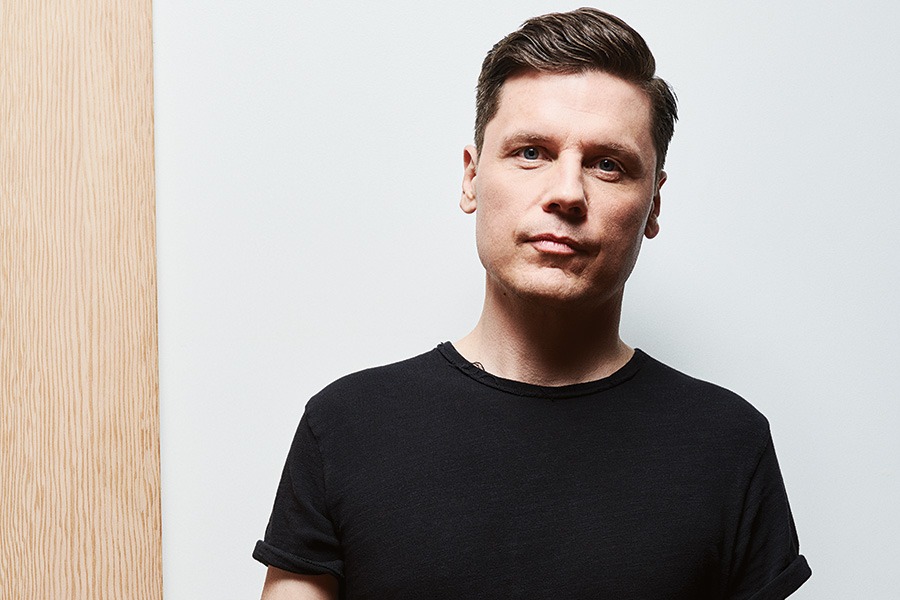
Hair and makeup by Julie Silva/Anchor Artists / Prop styling by Kaylei McGaw/Anchor Artists / Photo by Karin Dailey
The Podcast Creator
Jake Brennan, host of Disgraceland
I conceived the idea for Disgraceland, about pop stars getting away with murder, because I wanted to do something that combined my twin passions for music and true-crime novels.
In my early twenties, I thought of moving to New York, but I just feel of this city—I always have. I feel connected to this town and the creative folks here, and I don’t see the need to go chase something somewhere else. I really feel like if you create something compelling, you can make things come to you.
I was as shocked as anyone at Disgraceland’s initial success. I didn’t know what the hell I was doing. I recorded the podcast in my basement in a space so small, I couldn’t turn to my right or left without knocking things over. Four days after releasing it, it went to number seven on the Apple podcast charts.
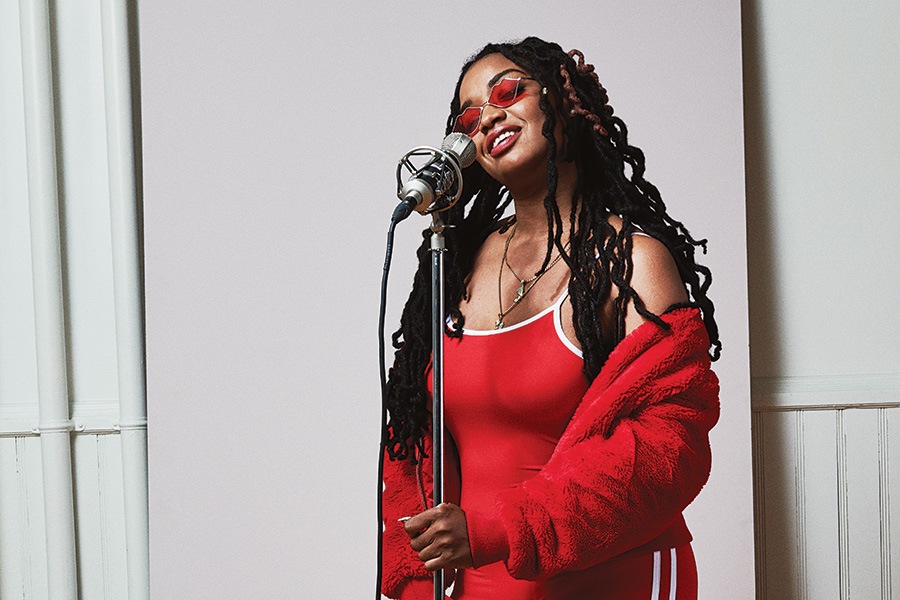
Hair and makeup by Julie Silva/Anchor Artists / Prop styling by Kaylei McGaw/Anchor Artists / Photo by Karin Dailey
The Recording Artist
Dutch ReBelle, founder of ReBelle Music
I graduated from college and was hustling doing hair and making mixes, and one day I went to do this guy’s locs at a house and there was an actual radio station there. During a commercial break, the host said, “I heard that you rap.” I dropped something and she was like, “Okay, you’re on in five.” Someone heard me and invited me to a showcase at the Dublin House in Dorchester, and that set off a sequence of me doing three shows a week for a month until I booked Suffolk University, then House of Blues, then Hard Rock.
To me, hip-hop is a culture. Boston hip-hop looks like everything—it looks like Newbury Street, it looks like Dorchester, it looks like Lawrence.
I almost moved to Atlanta from college because I had a cousin who lived down there. But I’m not going to be an artist that you only heard about once I moved from Boston. It’s a decision I still don’t regret.
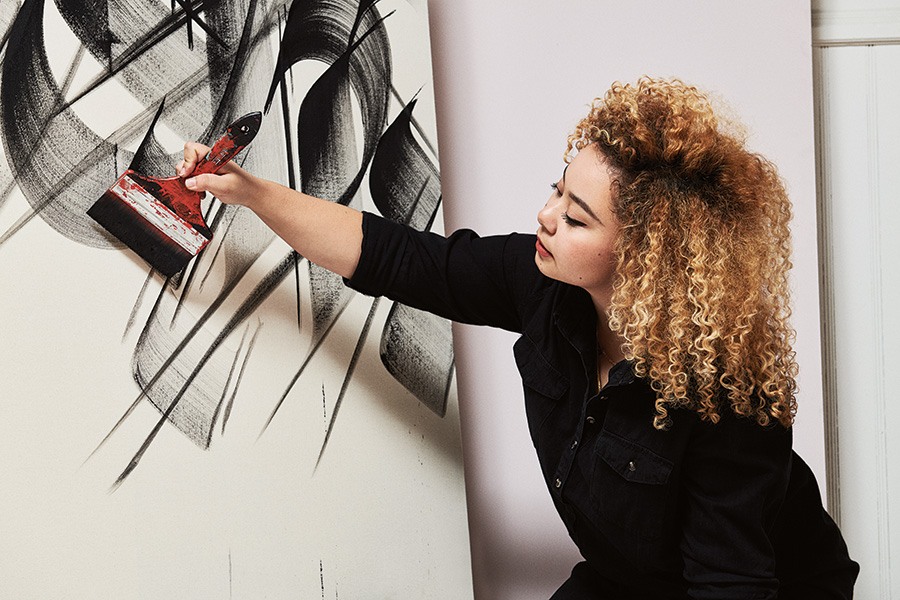
Hair and makeup by Julie Silva/Anchor Artists / Prop styling by Kaylei McGaw/Anchor Artists / Photo by Karin Dailey
The Street Artist
Sneha Shrestha, a.k.a. “Imagine”
I’m a street artist fusing Nepali with American graffiti. The art scene in Nepal is very male-dominated, and the fact that I am a woman and have been able to make a name for myself internationally makes me a trailblazer. But it happened organically. I took risks and followed my inner voice.
I was introduced to graffiti through Rob Gibbs, a cofounder of Artists for Humanity and my former boss, and my mind was blown. I found an art form made solely of words amazing. I tried it [in English] and was okay, but I was missing my voice. When I started to write in my native language, there was no looking back.
My current MFA exhibit is something I’m so excited about. It’s called Mindful Mandalas, and it’s a giant mural I painted based on work I did with more than 100 children from the museum’s Community Arts Initiative about what peace looks like to them.
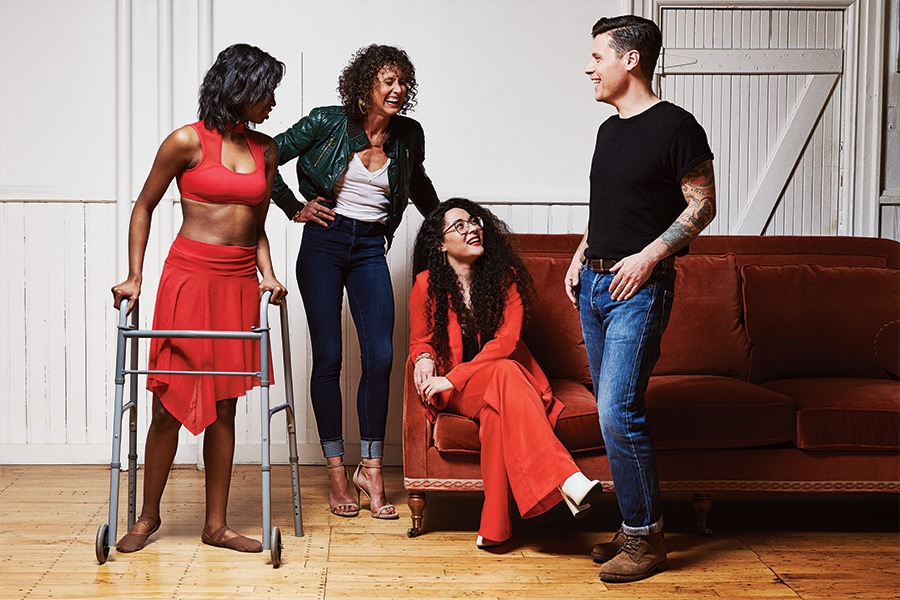
Hair and makeup by Julie Silva/Anchor Artists / Prop styling by Kaylei McGaw/Anchor Artists / Photo by Karin Dailey
